Certifications
ISO Standard 12944 – C5 Classification
According to the international standard ISO 12944, there are five corrosion-protection classes in which paint coatings can be subdivided. The C5-Marine & Industrial/High Durability classification is the top certification for corrosion protection on heat exchangers operating in industrial areas with high humidity and aggressive atmospheres.

ElectroFin® E-Coat is rated C5-M&I for High Durability > 15 years to first major maintenance. Insitu® Spray Applied Coating is rated C5-I with medium durability rating> 5 to 15 years to first major maintenance. ElectroFin® E-Coat and Insitu® Spray Applied Coating demonstrate exceptional technical properties in ASTM, DIN, and MIL-STD testing for resistance to thermal loss, UV degradation, and moisture intrusion. Continuous testing is carried out to ensure that performance continues to meet or exceed established standards.
ElectroFin® E-Coat and Insitu® Spray Applied Coating can also resist up to 90 different chemicals — many more than phenolic coating. In addition, they exhibit excellent adhesion to all of the most common metallic heat transfer surfaces, including copper, aluminum, and galvanized and stainless steel. This assures a long operating life for its protective properties.
Our Jacksonville Texas ElectroFin® facility is ITAR Registered and available for all military applications where corrosion can be a formidable factor. ElectroFin® E-Coat with high edge build technology can be found on over a hundred thousand micro-channel condensers.

ElectroFin® and Insitu® ISO 12944-C5 Classification in February of 2016 and are Considered to Meet the Toughest Conditions.
This Certification Includes:
- Coating thickness and adhesion testing (according to ISO 2808 and ISO 2409)
- Long exposure in water and high-humidity atmosphere (according to ISO 2812 and ISO 6270)
- Salt-spray test and exposure in chemicals (according to ISO 9227 and ISO 2812)
Suited for These Types of Coils:

Condenser Coils

Energy Recovery Systems

Evaporator Coils

MicroChannel Coils

Steam Coils

Water/Fluid Coils
- Virtually all condenser coils, as well as the cabinets, controls, and ancillary equipment that reside outdoors in commercial HVAC systems are exposed to harsh conditions from time to time. This includes strong, unfiltered UV rays, moisture from rain and humid air, blowing dust, and pollutants. All of these conditions can contribute to corrosion of the metal surfaces throughout the HVAC system, with subsequent degradation of coil heat transfer performance and operating life.
- The problem is exacerbated in coastal regions, where salt air is the norm. Atmospheric salinity’s corrosive properties are well-documented. Left untreated, condenser coils exposed to such an atmosphere can be expected to start degrading within a few hundred hours of installation. By contrast, carefully controlled exposure testing has revealed that while coils treated with ElectroFin® E-Coat have slightly lower Energy Efficiency Ratios (EERs) than uncoated coils at initial installation, their performance actually improves in the first 500 hours of use and then holds nearly steady out to 2,000 hours of exposure compared to an uncoated coil.
Corrosion accounts for approximately 40% of all equipment failures in industrial facilities. Whether the corrosion is caused by galvanic, formicary, or standard aluminum oxidation, the copper and aluminum will deteriorate over time, decreasing the unit’s lifecycle and performance. Facilities that are the most susceptible to corrosion include seacoast areas, industrial sites, heavily populated urban areas, some rural locations, or combinations of these. The threat of salt laden corrosive elements, various air borne molecular contaminants (AMC), and water vapor (as a result of high relative humidity) costs millions of dollars a year in damages, resulting in equipment failure, poor quality performance, and higher energy consumption. In addition, some other micro environments, such as laundry facilities, diesel-burning devices/exhaust piping, sewer vents, traffic, pool areas, water treatment facilities, and household cleaning agents can also produce corrosive atmospheres, decreasing the unit’s lifecycle and performance.





